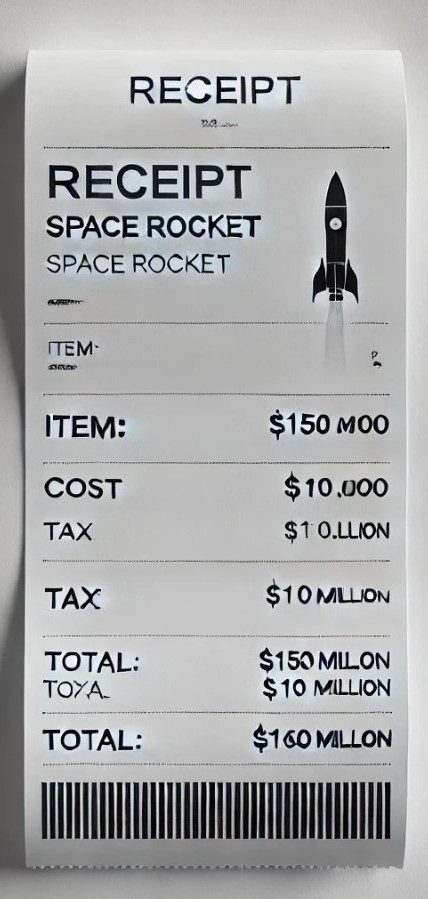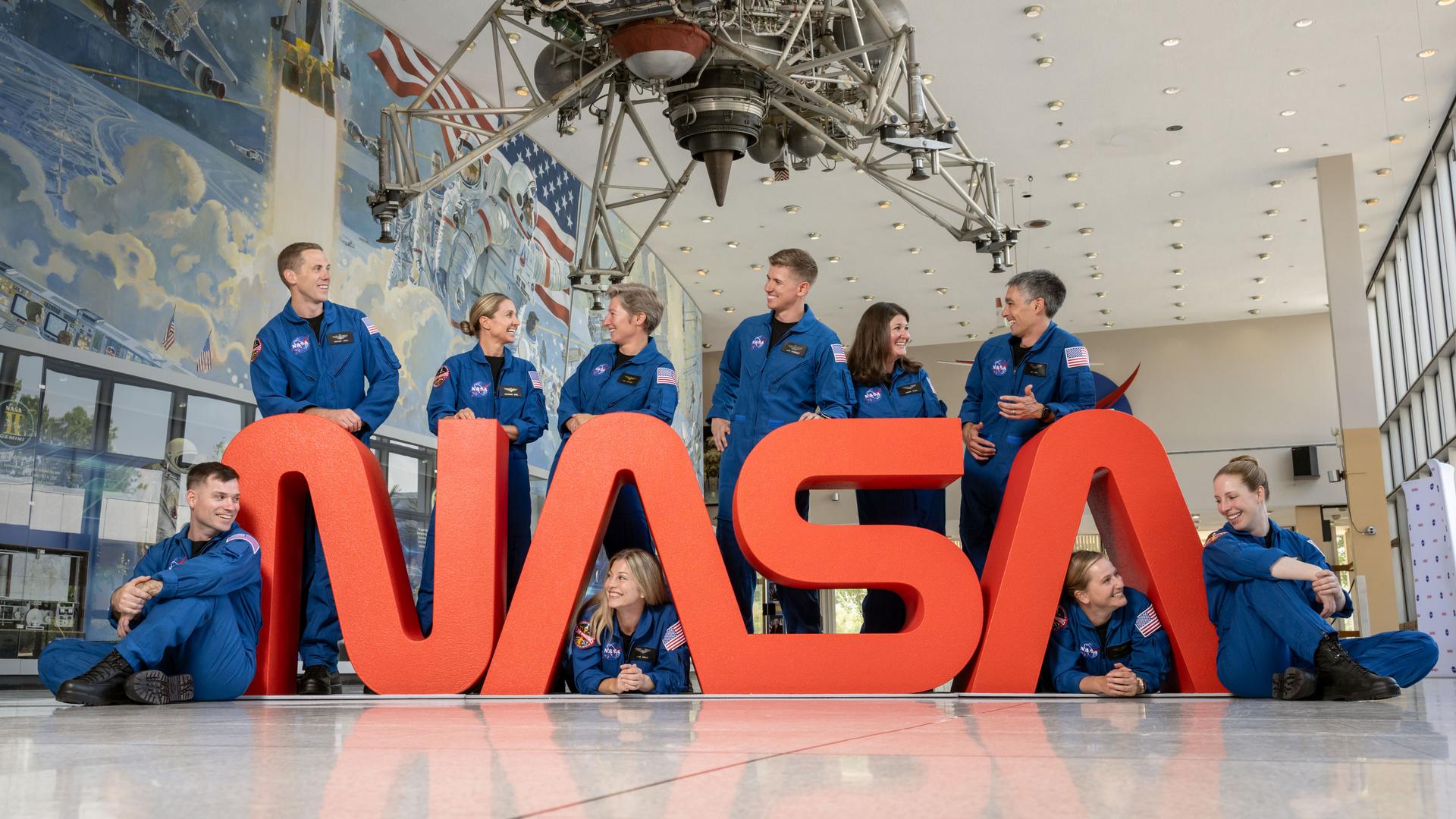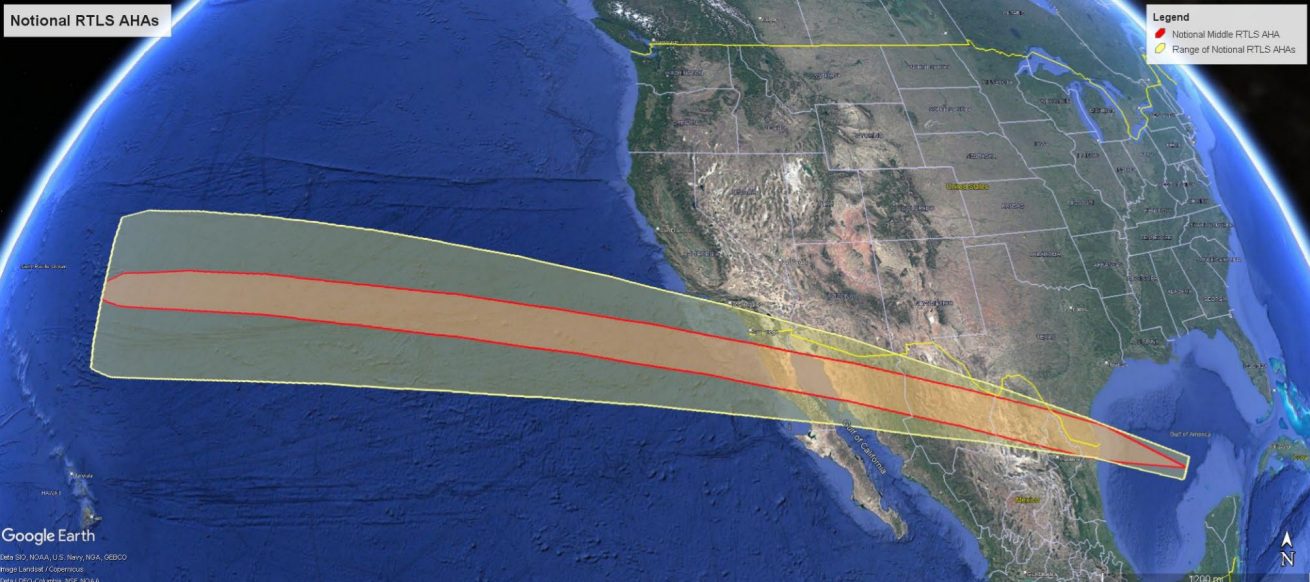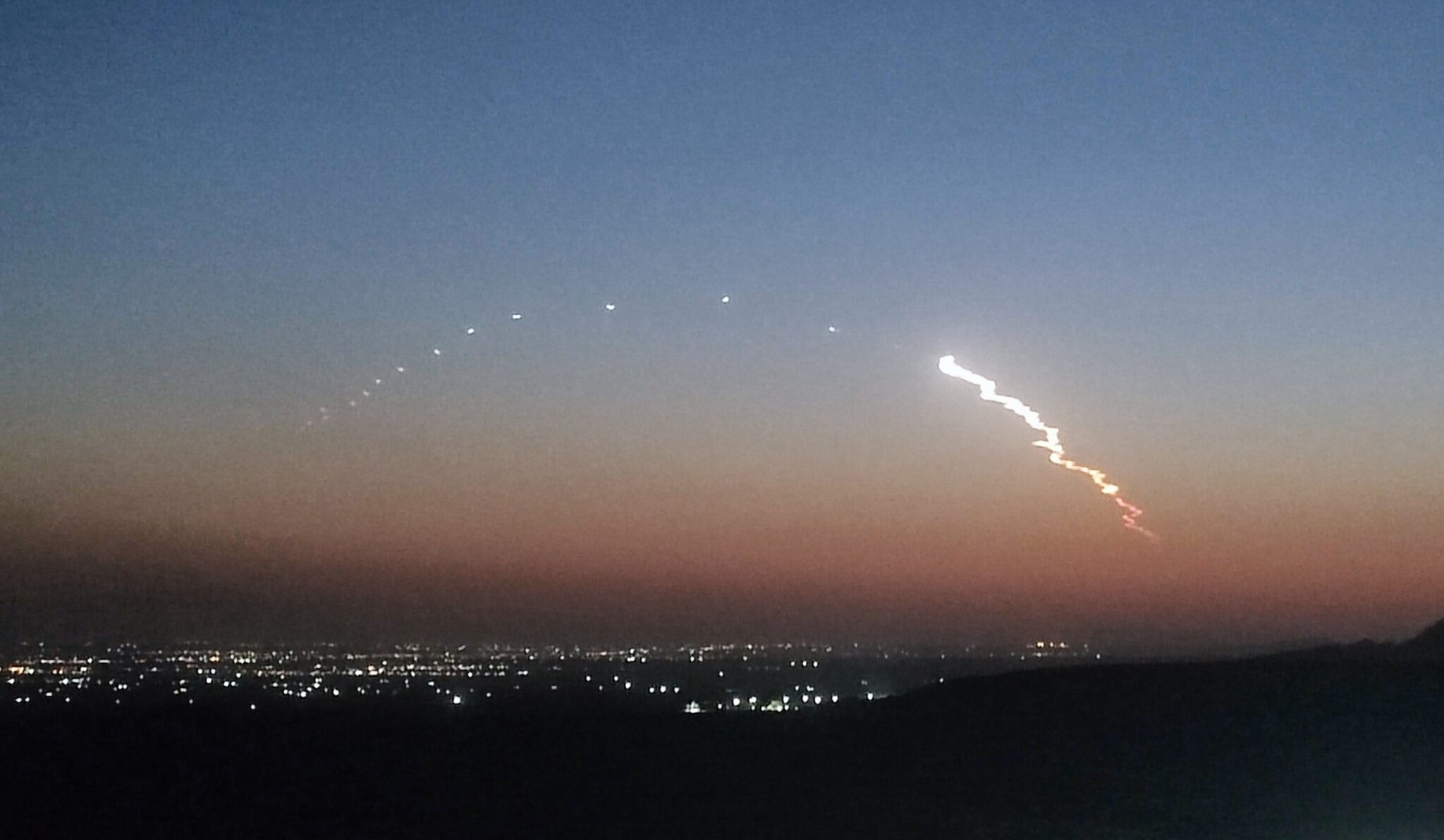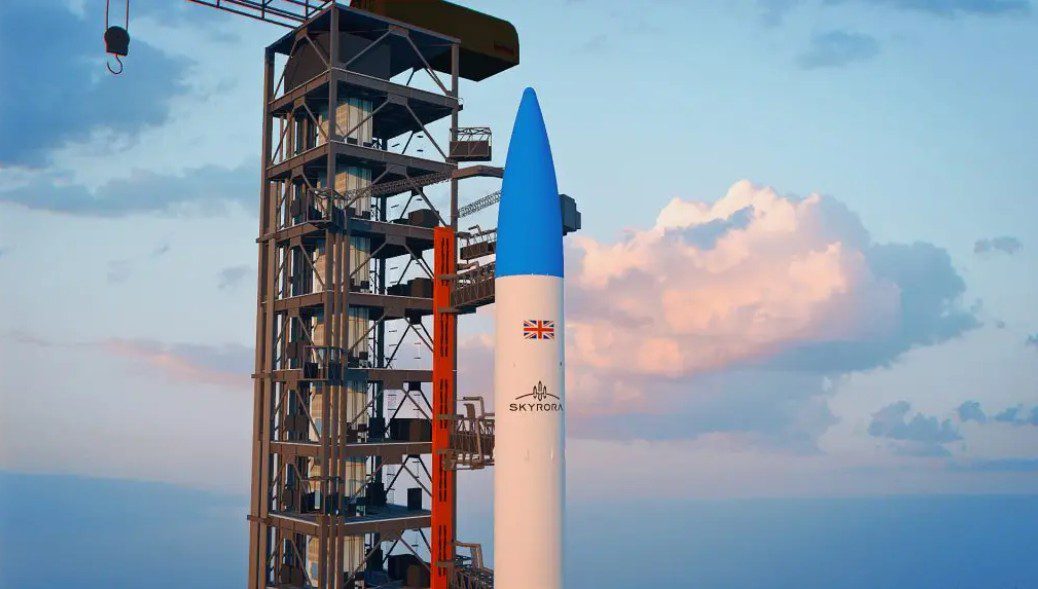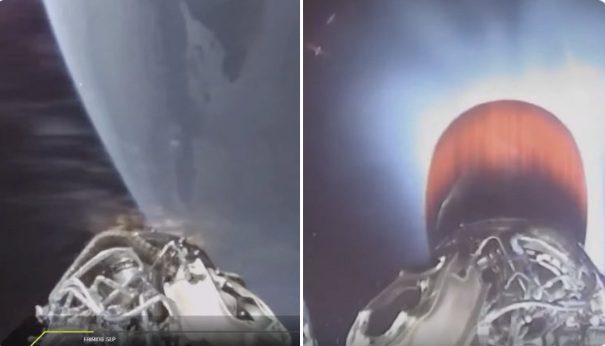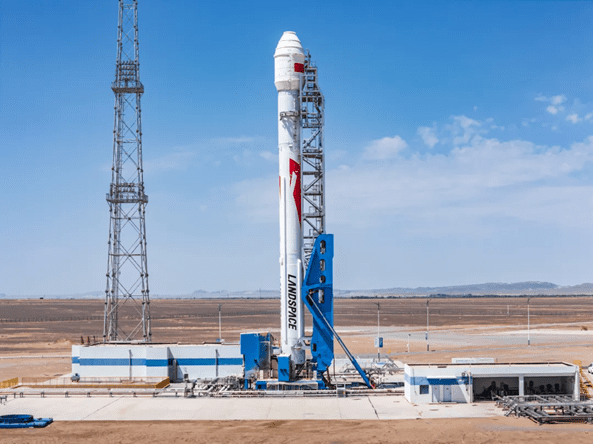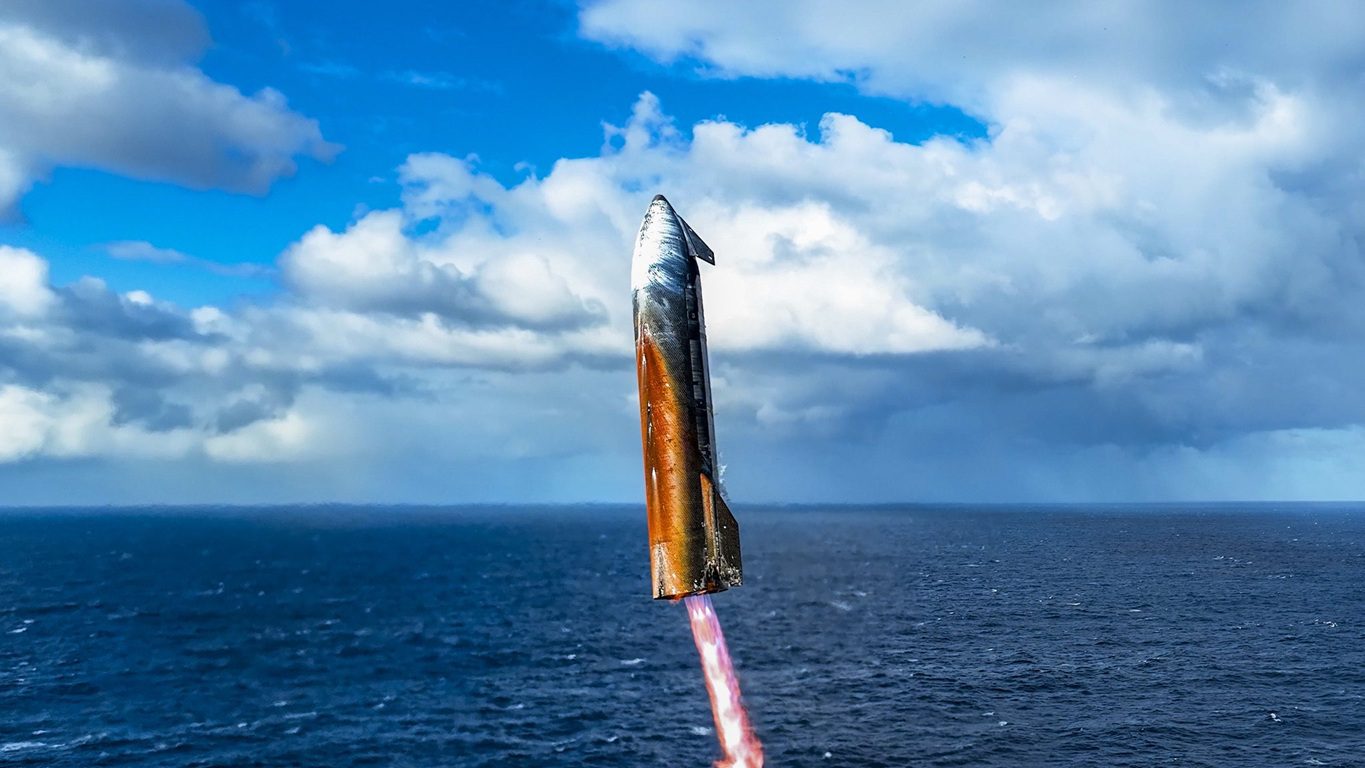While various theories involving sniper rifles and mystery flying objects abounded, the on-pad pre-launch test failure on 1 September 2016 which destroyed a Falcon 9v1.2 FT-R rocket and the Amos-6 satellite, has been confirmed as likely to have been caused by a helium pressurant bottle exploding. SpaceX announced this as part of the conclusion to its investigation. A liquid helium containing “composite overwrap pressure vessel (COPV)” is one of three submerged in liquid oxygen in the rocket’s second stage liquid oxygen tank. The helium is used to provide pressurisation to the oxygen. The liquid oxygen (LOx) oxidiser is super-cooled to make it denser to improve the overall performance of the kerosene-oxygen burning second stage engine. The kerosene fuel is also chilled to some extent to also increase its density.
To make the aluminium vessel holding the helium stronger, it is overwrapped using a carbon fibre composite. Unfortunately, a change in propellant loading procedure to make it faster, led to oxygen forming a “bubble” in a void or buckled kink which solidified between the composite and the liner of the vessel itself. This solid oxygen rubbed against the composite causing ignition of the carbon and the subsequent explosive destruction of the tank and vehicle.
SpaceX has revealed the suspected failure mechanism and has concluded that while a complete redesign of the composite overwrap pressure vessel will be required in the longer term, in the short term, a reversion to a previous slower propellant loading procedure with a modification to the pressure vessel will suffice to allow successful launches, even if this yields higher propellant temperatures and hence has a performance penalty. The next Falcon 9 flight will take place from Vandenberg in California in early January carrying a payload of Iridium satellites.

